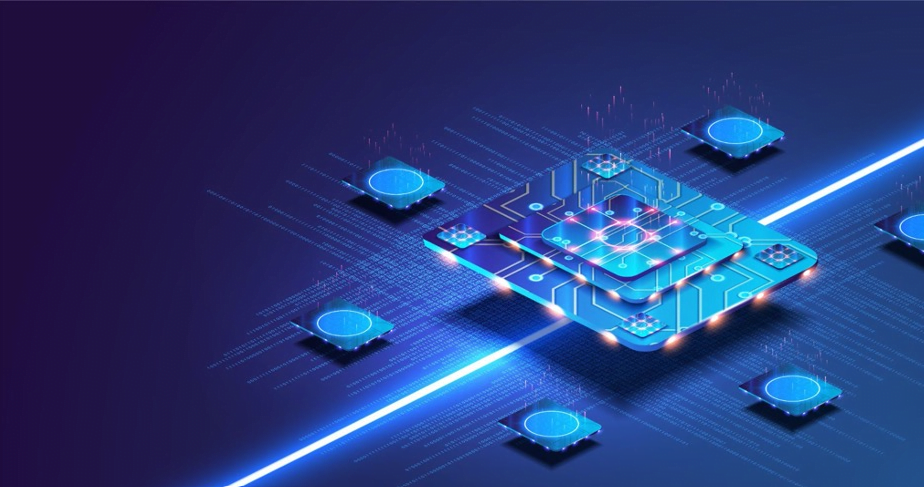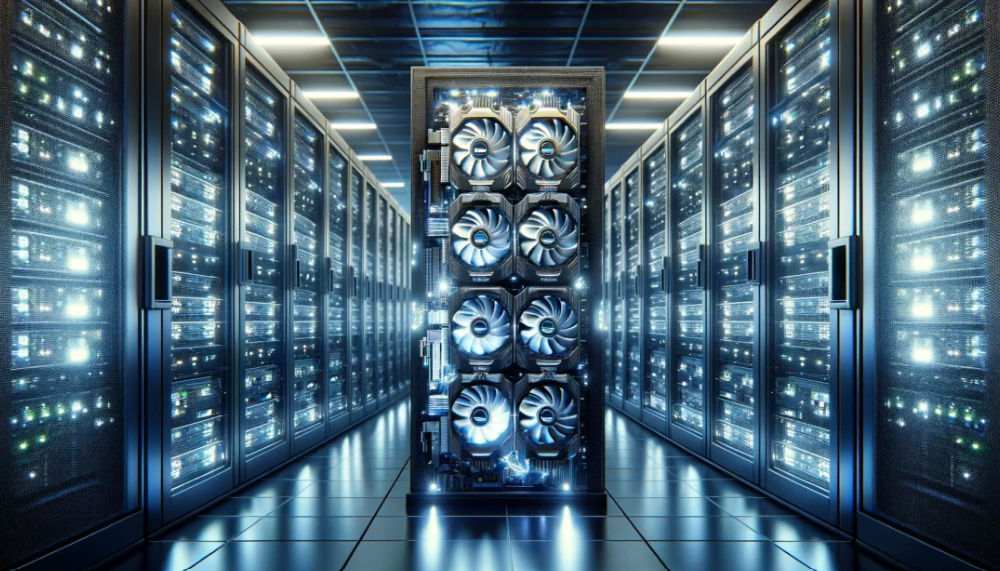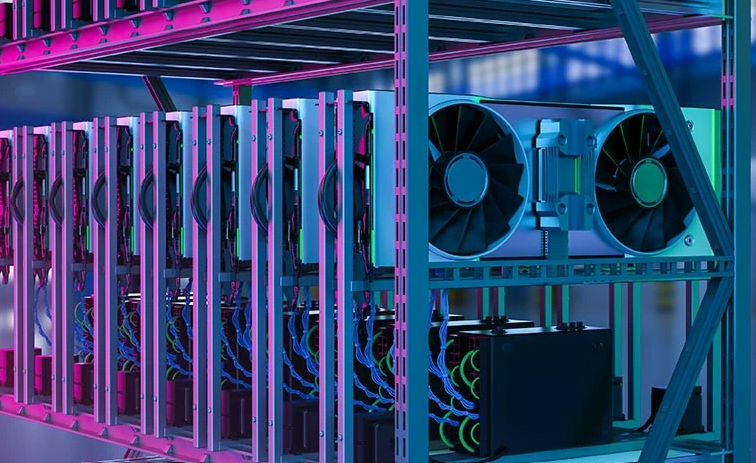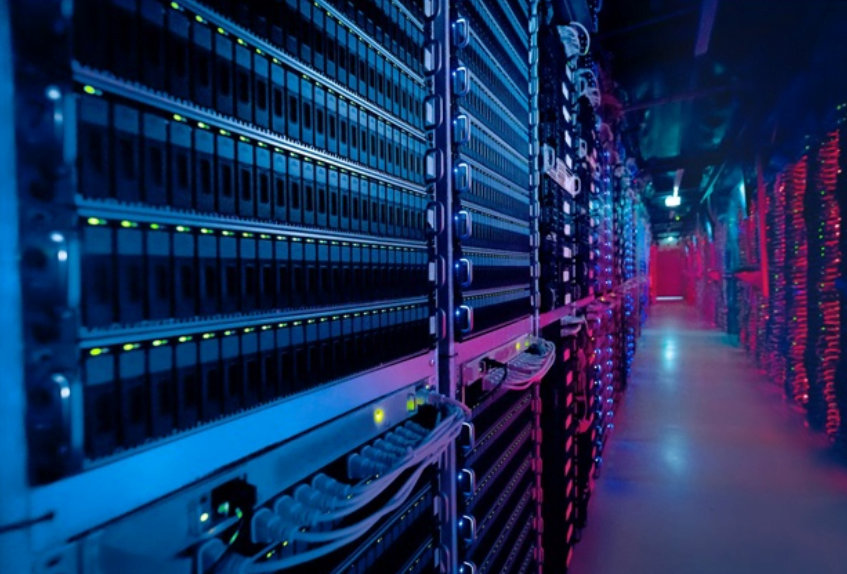Hence, when it comes to choosing the right GPU server for your business, there are several things that you will need to take into consideration. If you want to build a more efficient data processing center or improve your machine learning or graphic processing, then finding the right GPU server is of utmost importance. In this guide, you will learn the important factors to take into account when you want to choose a GPU server for your business.
Understanding Your Business Needs and GPU Server Basics
Initiating the selection process for a GPU server mandates a thorough evaluation of your business’s specific requirements. Identify the nature of the tasks it will be used for; this could range from complex computational workloads such as simulations and deep learning to more graphics-intensive tasks like rendering. Simply recognizing your needs will cut down the options significantly, enabling you to select the best GPU server for your organization to achieve your business goals.
Thus, familiarizing oneself with the basics of GPU servers is crucial at the same time. This contrasts with the market, which offers a range of GPUs, each developed to provide a specific set of features, power consumption, and cost. Prominent among these are offerings from NVIDIA and AMD, with NVIDIA’s Tesla series and AMD’s Radeon Instinct being notable examples.
All these GPUs have specific beneficial strengths depending on the computational and graphic requirements involved. The most important aspect that should be devoted to is comparing these options, emphasizing how the performance criteria meet the necessity. This basic work will enable moderation of the choice and ensure that the selected GPU will impact your business by increasing output and productivity.
Hence, the given perceptual position assists you in making a sound decision based on your requirements analysis of your business and extensive knowledge of the factors associated with the use of GPU servers. This approach will lead to the definition of a GPU server that will not only meet your requirements but also additional functions that will be organized beyond expectations to create a stable base for the computations of your business and the graphics.
Evaluating GPU Server Performance Specifications
Generally, it is necessary to explore the peculiarities of GPU server performance to get the desired computational and graphical resources for a particular business. Specific dimensions that define performance characteristics of GPUs include; the number of GPU cores, size and bandwidth of memory, and clock speed, which enables determination of a server’s potential in particular tasks. A higher number of GPU cores can dramatically accelerate parallel processing tasks, while ample memory and high bandwidth ensure data is quickly accessible, reducing processing times.
Furthermore, assessing the thermal design power (TDP) is important as it affects both cooling requirements and energy consumption. A server with efficient cooling mechanisms will maintain performance stability under load, which is crucial for operations requiring sustained computational power. Additionally, examining the power supply unit (PSU) specifications is necessary to guarantee it can support the peak power requirements of the GPU server without faltering.
When it comes to performance assessment, one should also check the server I/O configurations to make sure they have proper and fast connections for additional networking peripherals. This involves verifying and ensuring ample PCIe lanes existed to feed the GPUs and other peripherals and that they did not constrict data flow.
By carefully examining such performance specifications, one can accurately estimate the expected operational performance of a GPU server in their business environment. It also guarantees that funds are incorporated only in servers capable of supporting the existing load and future technological advancements and increased workload to improve the functionality of business processes.
Considering the Scalability and Flexibility of GPU Servers
When selecting a GPU server, prioritizing scalability should be at the forefront of your decision-making process. Anticipate the evolution of your computing demands and opt for a solution that can grow with your business. Specifically, check the servers’ ability to be scaled out and designed for the needed PCI slots and multiple GPU integration. As the quantum of computations for which you will be employing your server increases, it can be merely ladened or supplemented without having to be replaced wholesale, which will preserve your investment.
Wisdom also comes in almost handy when choosing a GPU server, but flexibility is also very important here. Given the aggressive rate of development today, it is essential to decide on a server that can operate a wide range of OS and would not create incompatibilities when integrating different programs. Such flexibility also ensures that your server can include the current tools and technologies that are available in the market, and this eliminates the possibility of discontinuity in your operations.
When you choose to base your decision on a GPU server that provides you with the ability to scale up while also giving you the capability to opt for change, you are putting down a foundation for future expansion. Not only do they provide the highest return or pay off of the existing business operations, but also ready to implement enhanced improvements of the GPU technology in the future, hence, making companies more competitive in industries.
Analyzing Cost-Efficiency and ROI
In GPU servers, a clear understanding of cost efficiency and return on investment (ROI) is paramount for businesses. Expenses of the GPU server also mean not only the monetary cost of the server equipment but also the expenses for the server’s maintenance, energy consumption, and the aspects of upgrading the server in the future. Businesses must, therefore, project the potential ROI by considering how the GPU server will boost productivity, streamline efficiency, and contribute to revenue generation.
A critical mistake would be to equate the highest-priced GPU server with the most value for your business. Rather, it is possible to make a probable assessment of the costs necessary and the effects they will produce on the server’s functioning. This includes detailing the various characteristics of the GPU server that will be of benefit to the business and how the areas of strength would lead to improved performance by the business.
Another factor that can affect such a conception is the budget which has to be taken into consideration. At some point, it’s essential to select with the imperative financial model in mind without losing sight of key performance drivers that are essential to the growth of the business. Therefore, the analysis tries to determine which GPU server will give the most benefits to attain the greatest relative advantage, given that the measurement is the price performance in a certain period.
The expected ROI is determined by estimating the improvement in business productivity and the possibility of boosting the corresponding revenues. This evaluation should lead businesses to the right GPU server choice that not only provides for today’s computational requirements but also a server that can expand as the company does to secure the company the best value for money in the long run, as well as the best return on investment.
The Importance of Compatibility and Integration
Ensuring that your chosen GPU server seamlessly meshes with your current technological framework is crucial for a smooth operation. As a result, the hardware and software requirements for this server have to be analyzed carefully to ensure that the application will not cause problems in your environment. It is not confined to the need to know for a fact that the new server put in place will work; it also involves considering how it will improve your operations while at the same time not compounding your problems.
Having direct contact with your IT department is very useful in this phase. They can give information on the technical obstacles and incompatibilities that can be inconspicuous in such cases. They will be essential in advising if the server’s characteristics match your existing and anticipated software packages and applications and if it support the data formats and protocols necessary for the operations of your business.
However, in an environment rapidly developing in the framework of the digital world, it is reasonable to choose a GPU server suitable for future technologies. It can help avoid the risks of your investment becoming outdated too soon, and it can also help pave the way for easier change when the newer software and hardware paradigms come along. People should ensure to choose a server that is compatible with various platforms and serves as a foundation for other integrations, hence making it difficult for compatibility issues to arise in the future.
This way, focusing on compatibility and integration when choosing it guarantees that the new GPU server will not only be incorporated into the existing system but will also be ready to function effectively with the following technological developments in the pipeline when they occur, thus extending the life and usefulness of the GPU server.
Vendor Support and Community Resources
Selecting a GPU server comes with considerations beyond the immediate specifications and cost. The vendors’ level and the availability of community resources within the product have a direct influence on the sustainability of the investment. Choose vendors eager to support the customers and provide technical assistance in case of any mishap. It comprises an expert assistance center where you will receive help in case of any complications, besides frequently updating server firmware and software to enhance its security and efficiency.
Just as important is the presence of an audience that participates in the discussion and contributes to it in one way or another. Having communities for such owners is a great source of tips, specific experiences of other users, and effective ideas on how to solve typical problems. They may offer a lot of shared information through forums, company pages, and user conferences, which creates a climate where troubles and solutions are shared.
Further, consider the vendor’s plan for the subsequent releases and the company’s general approach to addressing customer reports and integrating this feedback into the products it develops. A vendor that is involved with its set of users and is releasing updates to reflect certain inputs shows its dedication to its product’s success in the future. Thus, choosing a vendor and using the availability of the community resources you guarantee to your business not only the acquisition of the product but also access to the entire support framework that will help to overcome future difficulties and receive the greatest effect from the functioning of the GPU servers.



